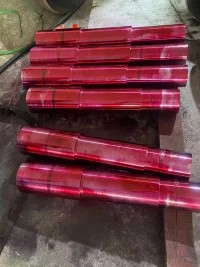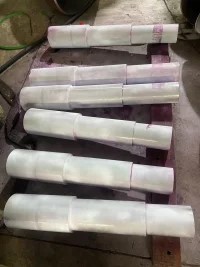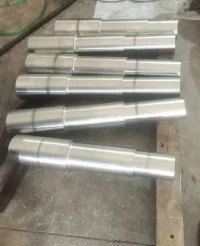
What Are You Looking For?
Non-Destructive Testing (NDT) is a method of testing the surface, internal or macrostructure of materials or components without damaging the materials or components. Among various non-destructive testing methods, PT (Penetrant Testing) is a commonly used liquid penetrant testing method.
The basic principle of PT is: apply a special penetrating liquid on the surface of the material. Due to the capillary action of the liquid, the penetrating liquid will penetrate into the defects of the surface openings. Then, the excess penetrant is washed away, and a certain amount of pressure is applied to reversely diffuse the penetrant from the defect. By observing the color change of the penetrant, the location and size of the defect can be determined.
PT has a wide range of applications and is suitable for the detection of various metallic materials and non-metallic materials. For example, in fields such as automobile manufacturing, aerospace, and pressure vessels, PT is widely used to detect defects such as cracks, pores, and inclusions on the surface of materials. Compared with other non-destructive testing methods, PT has the advantages of simple operation, low cost, and high detection sensitivity.
In short, non-destructive testing PT is an effective liquid penetrant testing method with broad application prospects. In order to better leverage the technical advantages of PT, it is necessary to strengthen operator skills training and the formulation of standardized operating procedures to improve detection accuracy and reliability.


